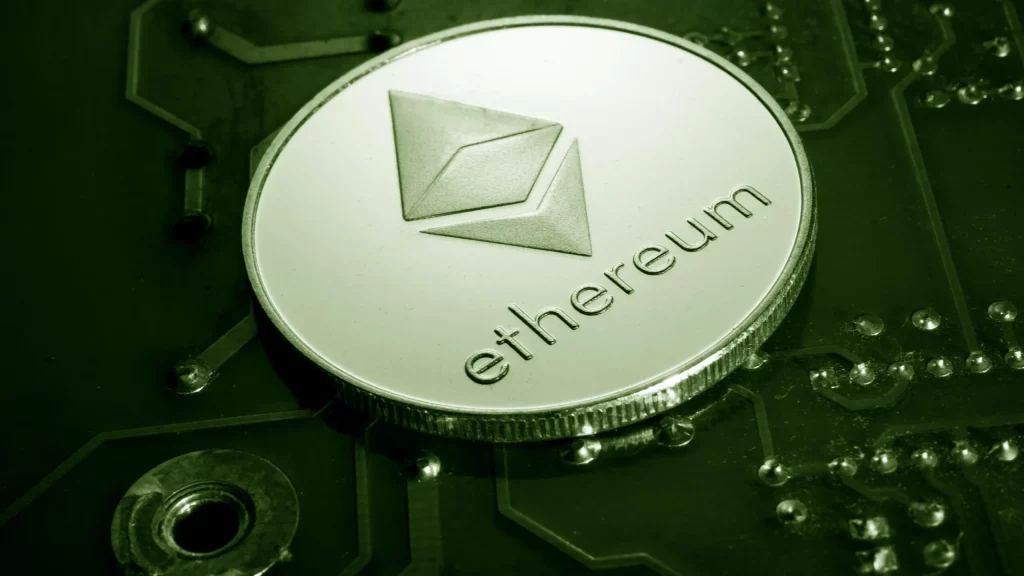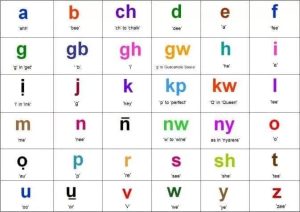Ethereum News – Coverage of NFT Trends, Smart Contracts, and DApp Growth

Ethereum continues to be at the center of blockchain innovation, driving growth in non-fungible tokens (NFTs), smart contracts, and decentralized applications (DApps). As the ecosystem expands, new use cases, technological improvements, and user adoption patterns highlight Ethereum’s role as a cornerstone of the decentralized economy. Ethereum news three key sectors—NFTs, smart contracts, and DApps—show how Ethereum’s network effects and developer activity are shaping the next phase of blockchain development.
NFT Trends Driving Digital Ownership
The NFT sector has become one of the most visible parts of the Ethereum ecosystem, allowing unique digital assets to be tokenized and traded. Over the past few years, NFTs have evolved beyond digital art into areas such as gaming, fashion, real estate, and intellectual property rights. Artists, creators, and brands are increasingly leveraging NFTs to establish verifiable ownership, scarcity, and authenticity.
A notable trend within NFTs is the shift toward utility-based tokens, where ownership offers more than just digital art. For instance, NFTs are being tied to exclusive memberships, event access, and even metaverse property rights. This growing utility demonstrates that NFTs are not simply collectibles but also functional tools that connect digital and physical experiences.
Another development is the rise of fractionalized NFTs, allowing multiple owners to share a high-value asset. This has broadened access for retail investors and expanded the NFT market to include more participants. Meanwhile, NFT marketplaces continue to evolve, offering better user experiences, lower transaction fees, and enhanced liquidity, helping solidify Ethereum’s position as the leading platform for NFT activity.
Smart Contracts Expanding Use Cases
Smart contracts remain the backbone of Ethereum, enabling decentralized agreements without the need for intermediaries. Their ability to automate processes has driven adoption across multiple industries, from decentralized finance (DeFi) to supply chain management. With upgrades improving scalability and efficiency, smart contracts are being deployed more widely and securely.
One major trend is the integration of smart contracts with real-world data through decentralized oracles. This allows contracts to respond to external conditions, such as market prices, weather data, or supply chain logistics, greatly expanding their applications. Businesses are experimenting with automated contracts that can streamline payments, enforce compliance, or settle trades instantly.
The growing sophistication of smart contracts also introduces new governance models. Decentralized autonomous organizations (DAOs) rely heavily on smart contracts to manage decision-making and treasury systems. This innovation demonstrates how Ethereum’s programmable structure enables new forms of organizational design that are transparent, borderless, and community-driven.
DApp Growth and User Adoption
Decentralized applications on Ethereum are witnessing steady growth as developers create solutions across finance, gaming, social networks, and digital identity. DApps provide users with services that operate without centralized control, offering greater transparency and security. As scaling solutions and network upgrades reduce gas fees and increase speed, more users are engaging with DApps than ever before.
In decentralized finance, Ethereum-based DApps are facilitating lending, borrowing, and trading without banks, opening global financial access to anyone with an internet connection. Gaming DApps have introduced play-to-earn models, attracting users from emerging economies who are earning income by participating in digital economies. Social and community-driven DApps are also gaining traction, enabling peer-to-peer communication and content sharing free from centralized moderation.
A significant factor in DApp expansion is the rise of layer-two solutions and sidechains, which ease congestion on the Ethereum mainnet. By providing faster and cheaper transactions, these scaling solutions are critical in making DApps more user-friendly and accessible to mass adoption. Additionally, cross-chain interoperability is enhancing DApp functionality, allowing Ethereum-based applications to interact with other blockchain ecosystems seamlessly.
Conclusion
Ethereum continues to lead the blockchain space through innovation in NFTs, smart contracts, and DApps. NFTs are evolving into multi-functional digital assets, smart contracts are enabling automation across industries, and DApps are pushing forward decentralized solutions that challenge traditional systems. With ongoing technical upgrades and increasing adoption, Ethereum is positioned to remain at the forefront of blockchain’s transformation of digital ownership, finance, and applications worldwide.






